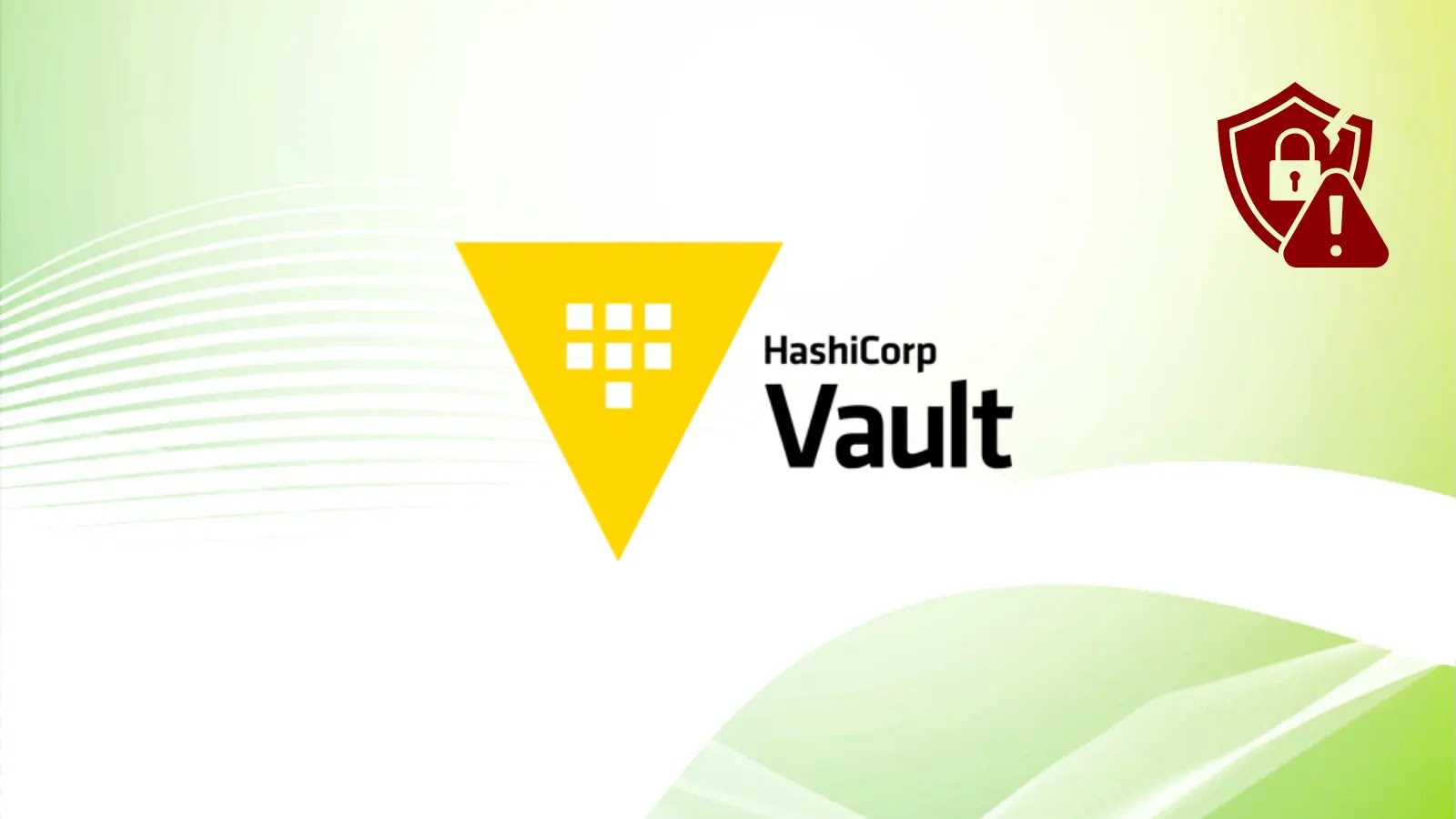
HashiCorp Vault Vulnerability Let Attackers to Crash Servers
In the intricate landscape of modern digital infrastructure, secrets management platforms like HashiCorp Vault are foundational. They secure, store, and tightly control access to tokens, passwords, certificates, encryption keys, and other sensitive data. When a vulnerability strikes such a critical system, the implications can be severe, potentially compromising an organization’s entire security posture. Recently, a significant denial-of-service (DoS) flaw was discovered in HashiCorp Vault, raising immediate concerns for businesses reliant on its robust capabilities.
Understanding the HashiCorp Vault Denial-of-Service Vulnerability
A critical denial-of-service vulnerability, tracked as CVE-2025-6203, has been identified in HashiCorp Vault. This flaw, publicly disclosed on August 28, 2025, allows malicious actors to exploit Vault instances by sending specially crafted JSON payloads. The consequence? Excessive resource consumption, leading to a complete unresponsiveness of the Vault server. Essentially, attackers can render your critical secrets management platform unusable, disrupting operations and potentially creating security blind spots.
Affected Versions and Impact
The vulnerability affects a wide range of HashiCorp Vault deployments, encompassing both the Community and Enterprise editions. Specifically, all versions from 1.15.0 up to certain patched releases are susceptible. This broad impact means a significant number of organizations could be at risk if their Vault instances are not promptly updated.
- Affected Editions: HashiCorp Vault Community and Enterprise.
- Vulnerable Versions: From 1.15.0 up to specific unpatched versions. Users should consult HashiCorp’s official advisories for the exact patched release numbers relevant to their deployment.
- Impact: Denial of Service (DoS) – Unresponsive Vault servers, leading to operational disruption and potential compromise of secrets management capabilities.
Technical Breakdown: How the Attack Works
While the full technical details of CVE-2025-6203 are typically provided in official advisories, the core mechanism revolves around maliciously constructed JSON payloads. When Vault processes these malformed or oversized payloads, its internal parsing or processing routines consume disproportionate amounts of CPU, memory, or other system resources. This resource exhaustion eventually chokes the Vault process, causing it to become sluggish or completely freeze, effectively denying legitimate users access to their secrets.
This type of DoS attack does not necessarily involve data exfiltration or direct compromise of secrets, but its impact on availability can be just as devastating. Organizations unable to access their secrets cannot deploy new applications, rotate credentials, or perform other critical security operations, halting business processes.
Remediation Actions: Securing Your Vault Instances
Addressing this critical vulnerability requires immediate action. As a cybersecurity professional, your priority must be to protect your infrastructure. The primary remediation steps center around timely updates and robust monitoring.
- Immediate Patching: The most crucial step is to upgrade your HashiCorp Vault instances to the latest patched versions. Refer to HashiCorp’s official security bulletins and release notes for the specific versions that contain the fix for CVE-2025-6203. Always test new versions in a staging environment before deploying to production.
- Network Segmentation and Access Control: Ensure that your Vault instances are adequately protected by network firewalls and access control lists (ACLs). Limit access to Vault’s API endpoints to only trusted IP ranges and necessary services. While this won’t prevent the vulnerability itself, it limits the attack surface.
- Rate Limiting and WAF: Implement API rate limiting on your network gateway or load balancer to prevent an excessive number of requests that could resemble a DoS attack. A Web Application Firewall (WAF) can also offer an additional layer of defense by inspecting incoming payloads for suspicious patterns, though highly sophisticated JSON payloads might bypass basic WAF rules.
- Resource Monitoring: Continuously monitor the CPU, memory, and network usage of your Vault servers. Unusual spikes in resource consumption could indicate an ongoing attack or an underlying issue. Setting up alerts for these metrics is vital.
- Regular Backups: Maintain regular backups of your Vault data and configuration. While this won’t prevent the DoS, it ensures business continuity and faster recovery if a severe incident occurs.
Tools for Detection and Mitigation
Leveraging the right tools can significantly enhance your ability to detect and mitigate potential threats to your HashiCorp Vault deployment.
| Tool Name | Purpose | Link |
|---|---|---|
| HashiCorp Sentinel | Policy as Code framework for Vault to enforce security policies and prevent misconfigurations. | https://www.hashicorp.com/products/sentinel |
| Prometheus & Grafana | Comprehensive monitoring and alerting for Vault server metrics (CPU, Memory, API calls). | https://prometheus.io/ & https://grafana.com/ |
| WAF (e.g., ModSecurity, Cloudflare WAF) | Web Application Firewall to filter malicious requests before they reach Vault. | https://www.modsecurity.org/ |
| Network Intrusion Detection Systems (NIDS) | Monitor network traffic for suspicious patterns indicating DoS attempts or exploits. | (Various commercial & open-source solutions available) |
| HashiCorp Vault Audit Devices | Configure audit devices to log all requests and responses for forensic analysis. | https://developer.hashicorp.com/vault/docs/audit |
Conclusion
The discovery of CVE-2025-6203 in HashiCorp Vault serves as a stark reminder of the continuous need for vigilance in cybersecurity. For organizations that rely on Vault for foundational security, this DoS vulnerability demands immediate attention. Prioritize applying the necessary patches, reinforce your network defenses, and maintain robust monitoring practices. Proactive vulnerability management is not merely a best practice; it is an essential component of safeguarding critical infrastructure against the evolving threat landscape.





